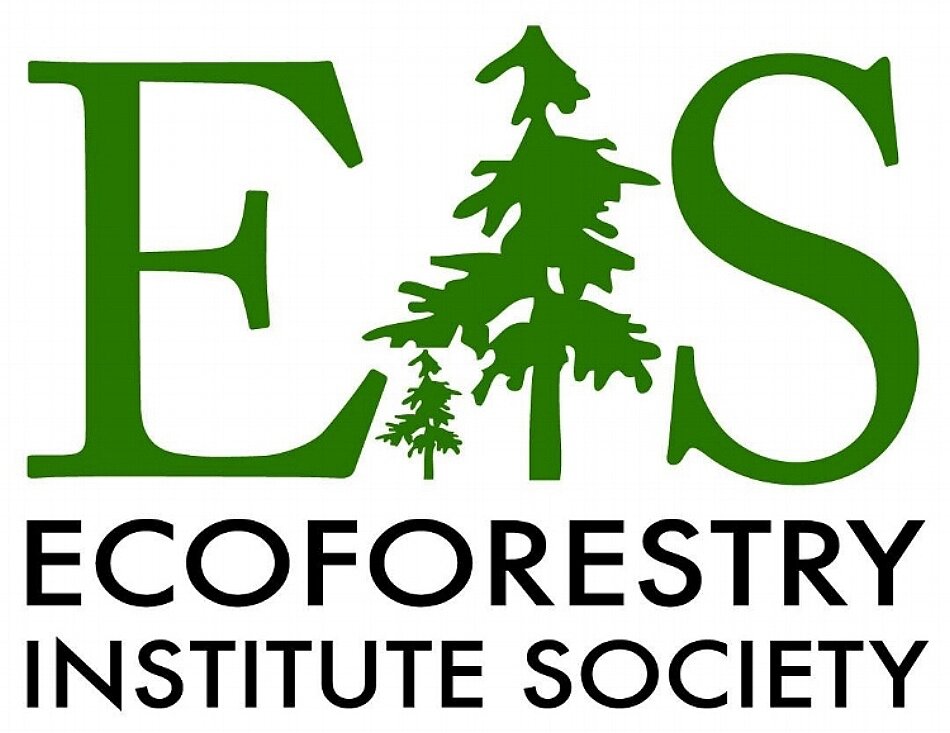Softened Edges
By Alexander Smith
As naturalists, much of our summer is spent guiding eager groups of nature enthusiasts through Wildwood. Constant communication is essential as we reference locations like the top field, lakeside, or cedar grove to coordinate tours and ensure no one gets overly excited and strays into the wilderness. These distinctions help us stay organized, yet they reflect a broader habit—our tendency to segment the world into neat compartments.
In life, we label spaces as home, school, shop, or park, categorizing environments into distinct parts. But as I sit here in a rare patch of sunshine, looking closer, I can see that nature isn’t fragmented at all. At Wildwood, boundaries dissolve. There are no true edges, no clear divisions. The habitats flow seamlessly into one another—field into forest, creek into grove—forming an undulating, continuous tapestry of life. The landscape exists in a state of perpetual transition, pulsating with interconnected energy and consciousness.
This interconnectivity is especially vivid in the fall. Deciduous trees like bigleaf maples shed their leaves, creating a rich blanket of organic material on the forest floor. This layer sets in motion a journey of transformation. Fungi and invertebrates decompose the litter, converting it into nutrients that feed the soil and nourish trees and plants. This process links every layer of the forest, from the floor to the towering canopy, creating a seamless cycle of renewal.
Natural succession further illustrates this blending of habitats. Over time, disturbances like windstorms or fires create openings that pioneer species like alder and willow quickly colonize. These species pave the way for longer-lived trees like Douglas fir, forming a natural gradient of habitats. As the forest matures, species composition shifts, and habitats blend. Field becomes shrubland, shrubland becomes forest, and edges soften into transitional spaces where species from both environments coexist. This natural blending highlights the forest's dynamism and adaptability.
Animals, too, play a critical role in maintaining these connections. Bears fattening up for hibernation spread seeds through their foraging, while squirrels bury acorns, unknowingly planting future trees. Migrating birds scatter seeds across vast distances, linking far-flung habitats. Even frogs burrowing into leaf litter to overwinter contribute, recycling nutrients and supporting the food web.
Beneath the surface, mycelial networks weave through the soil, connecting the roots of trees and plants. This “wood wide web” facilitates nutrient sharing, water transfer, and chemical signalling, ensuring even young saplings benefit from the forest’s collective resources.
At the smallest scale, detritivores like earthworms and millipedes break down leaves into simpler compounds, allowing bacteria and fungi to complete decomposition. These microscopic organisms release essential nutrients back into the soil, feeding the very trees that began the cycle.
Ecoforestry and selective harvesting at Wildwood respect and maintain these intricate connections. By prioritizing the health of the ecosystem, trees are harvested individually in ways that preserve the forest's structure and function, ensuring that the dynamic interplay of species and habitats moves uninterrupted throughout.
In Wildwood, every element—tree, animal, or microorganism—plays a role in this interconnected web of life. The forest moves as a unified, conscious body, much like our own.

